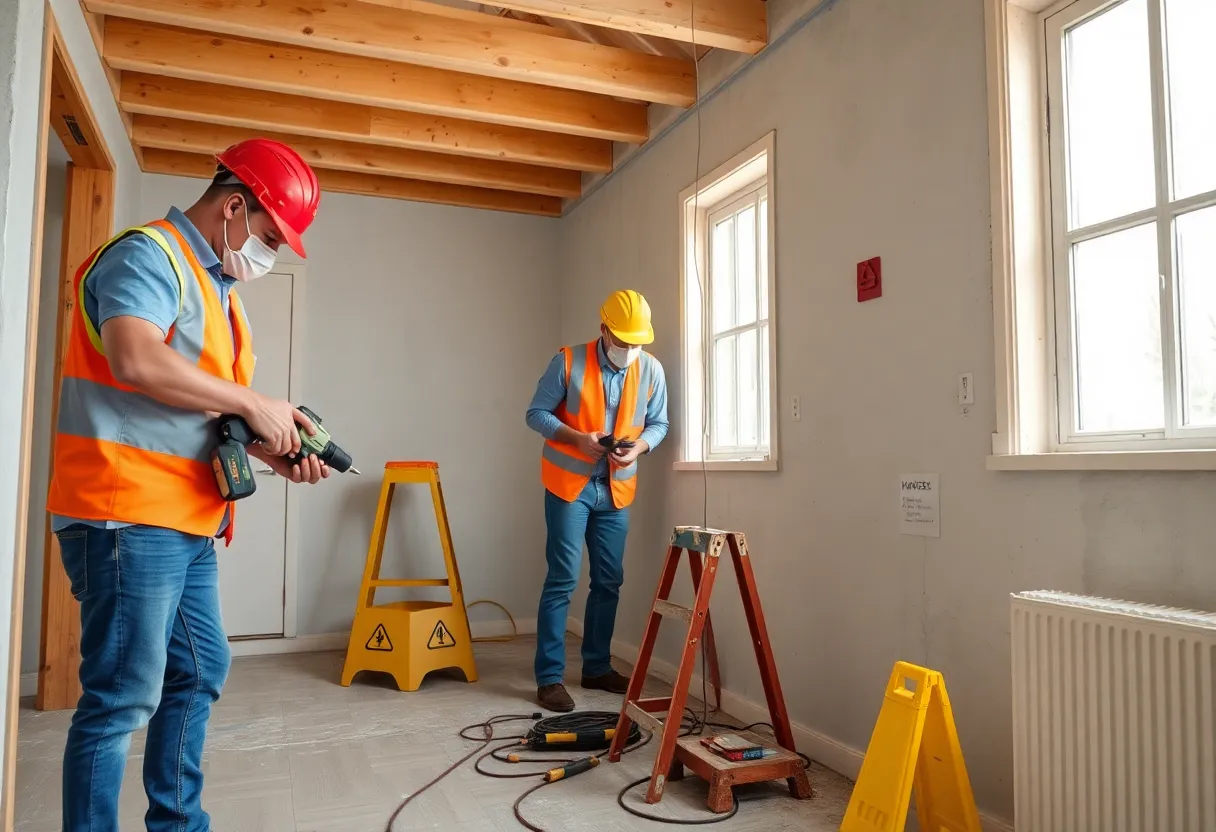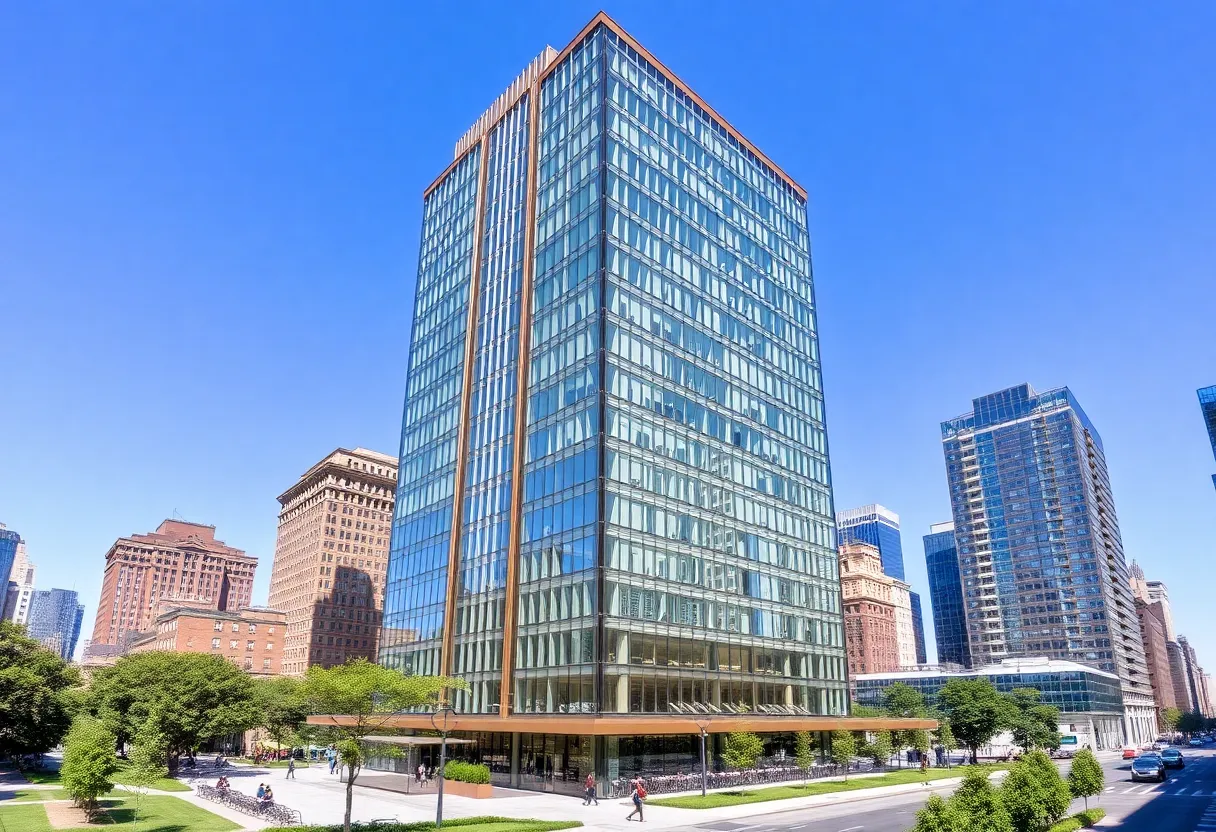What Are the Most Important Safety Measures to Take During Home Renovations?
Home renovations can significantly improve living spaces and add value to a property. However, they also introduce various safety hazards that require strict attention. Implementing comprehensive safety measures is essential to prevent accidents, injuries, and property damage. This article thoroughly examines the critical safety protocols to adopt during home renovation projects, guiding homeowners and contractors toward a secure and successful outcome.
Understanding the Risks in Home Renovation Projects
Before delving into specific safety measures, it is vital to recognize common risks associated with home renovations:
- Falls from heights: Working on ladders, scaffolding, or elevated surfaces pose fall hazards.
- Electrical accidents: Handling wiring or power tools can lead to electrocution or fires.
- Exposure to hazardous materials: Renovations may disturb asbestos, lead-based paint, or mold.
- Tool and equipment injuries: Improper use of power tools increases cut, crush, or other injuries.
- Structural instability: Removing or altering structural elements can cause collapses.
- Fire hazards: Sparks from power tools or electrical faults can ignite fires.
Recognizing these risks underscores the importance of adhering to safety standards throughout the renovation process.
Core Safety Measures for a Secure Renovation Environment
1. Conduct Thorough Planning and Risk Assessment
Effective safety management begins with detailed planning. Before starting, assess potential hazards:
- Identify compromised structural elements.
- Determine if hazardous materials are present.
- Plan for proper ventilation and waste disposal.
Develop a comprehensive safety plan that incorporates hazard mitigation strategies. This proactive approach minimizes surprises during renovation and ensures safety protocols are in place.
2. Obtain Necessary Permits and Comply With Building Codes
Adherence to local building codes and permit regulations is crucial. These requirements often specify safety standards for electrical, plumbing, structural, and other essential aspects. Failing to secure permits can lead to legal penalties and unsafe conditions.
Always verify that all work is inspected and approved by relevant authorities before proceeding. Compliance ensures safety and quality, reducing liability and risk.
3. Engage Professional Expertise When Needed
Not all safety issues can be managed by homeowners alone. For complex tasks such as electrical work, gas installations, or structural changes, hiring licensed professionals is imperative. They bring technical expertise and adherence to safety standards.
Professionals are also better equipped to identify hidden hazards, like asbestos or wiring problems, which could otherwise pose serious risks if mishandled.
4. Use Appropriate Personal Protective Equipment (PPE)
Personal safety is paramount. Essential PPE includes:
- Helmets: To protect against falling debris and head injuries.
- Gloves: To safeguard hands from cuts and chemicals.
- Eye protection: Safety glasses or goggles prevent injury from dust and debris.
- Respirators or masks: Protect against dust, mold, asbestos, and fumes.
- Ear protection: Earplugs or earmuffs for noisy power tools.
- Steel-toed boots: To shield feet from heavy objects.
Consistent use of PPE significantly reduces injury risk, especially in high-exposure tasks.
5. Secure the Worksite Effectively
An organized, well-secured worksite minimizes accidents. Essential steps include:
- Marking hazardous zones clearly with signage or barriers.
- Keeping pathways clear of debris, materials, and tools.
- Implementing lockout/tagout procedures for electrical systems during repairs.
Restrict site access to authorized personnel and guests to prevent accidental injuries. Proper fencing and signage can prevent unauthorized entry, especially on elevated or unstable structures.
6. Maintain Proper Fire Safety Precautions
Fire risks are inherent in renovation work involving sparks, heat, or flammable materials. Essential precautions:
- Keep fire extinguishers accessible and in working condition.
- Avoid smoking on-site or near flammable substances.
- Use properly rated and maintained electrical equipment.
- Store flammable liquids in approved containers away from work zones.
Establishing a fire evacuation plan and training all workers ensures prompt action if a fire occurs.
7. Proper Handling and Disposal of Hazardous Materials
Many renovations disturb hazardous substances like asbestos, lead paint, or mold. Safety measures include:
- Running tests to identify hazardous materials.
- Engaging certified professionals for removal or encapsulation.
- Using approved protective gear during handling.
- Disposing of hazardous waste according to environmental regulations.
Improper handling can lead to health issues, so it is vital to follow safety and legal standards meticulously.
8. Safe Use and Maintenance of Tools and Equipment
Power tools are common in renovations but pose injury risks if misused. Precautions include:
- Reading and following manufacturer instructions.
- Inspecting tools before use for damage or defects.
- Using appropriate guards and safety features.
- Ensuring electrical cords and connections are safe and suitable for the environment.
- Storing tools securely after use.
Regular maintenance prevents malfunctions that could cause accidents.
9. Implementing Fall Prevention Strategies
Falls are the leading cause of injury during renovations. To prevent falls:
- Use sturdy ladders, scaffolds, or elevated platforms certified for weight and height.
- Secure ladders properly before climbing.
- Always maintain three points of contact when working at height.
- Install guardrails on scaffolding and open edges.
- Ensure adequate lighting in work areas.
Regularly inspect fall prevention equipment for integrity and compliance.
10. Promote Clear Communication and Safety Training
Effective communication reduces misunderstandings that can lead to accidents. Key practices:
- Brief all workers on safety protocols before starting work.
- Use signage and labels to identify hazards.
- Establish emergency procedures and contact information.
- Encourage reporting of hazards or unsafe conditions immediately.
Continuous safety education fosters a culture of awareness and proactive risk management.
Additional Considerations for a Safe Renovation
11. Schedule Regular Safety Inspections
Frequent inspections catch potential hazards early. These should be carried out by qualified personnel, focusing on:
- Structural stability.
- Proper function of safety barriers and PPE.
- Condition of electrical wiring and tools.
Documenting findings and corrective actions maintains accountability and safety compliance.
12. Document Safety Procedures and Maintain Records
Maintain comprehensive records of safety protocols, training, inspections, and incidents. This record-keeping ensures accountability and provides documentation for legal or regulatory review.
Conclusion
Home renovations entail numerous safety challenges that require meticulous planning and execution. Implementing core safety measures—including hazard assessment, use of PPE, securing the worksite, proper handling of hazardous materials, and ensuring electrical safety—serves as the backbone of a secure renovation process. Continuous training and strict adherence to safety protocols foster a proactive safety culture. Neither homeowners nor professionals should underestimate the importance of safety; it is integral to successful, injury-free home improvement projects.
In summary, thorough preparation, professional guidance, rigorous safety protocols, and constant vigilance are the most effective strategies to mitigate risks during home renovations. Protecting lives and properties should always be the primary objective behind every safety measure adopted.
Author: STAFF HERE NEW YORK WRITER
The NEW YORK STAFF WRITER represents the experienced team at HERENewYork.com, your go-to source for actionable local news and information in New York, the five boroughs, and beyond. Specializing in "news you can use," we cover essential topics like product reviews for personal and business needs, local business directories, politics, real estate trends, neighborhood insights, and state news affecting the area—with deep expertise drawn from years of dedicated reporting and strong community input, including local press releases and business updates. We deliver top reporting on high-value events such as New York Fashion Week, Macy's Thanksgiving Day Parade, and Tribeca Film Festival. Our coverage extends to key organizations like the Greater New York Chamber of Commerce and United Way of New York, plus leading businesses in finance and media that power the local economy such as JPMorgan Chase, Goldman Sachs, and Bloomberg. As part of the broader HERE network, including HEREBuffalo.com, we provide comprehensive, credible insights into New York's dynamic landscape.





